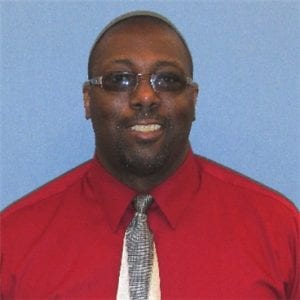In May, the Office of Operational Excellence launched the Staff Recognition Initiative to identify existing and potential outlets for creating a culture of honoring staff excellence and service. “Employee engagement is a critical component in successful organizations,” said Rebecca Sampson, Senior Employee Relations Specialist and project manager for the initiative, “and recognition is a crucial part of engagement.”
After a period of campus-wide investigation and assessment, the initiative team discovered that there is a desire and a need to develop a campus culture of recognition and appreciation as a core SMU value. Recognition is inconsistent across the schools and business units and many staff members feel undervalued.
To address these issues and ensure that employees see a connection between their work and the University’s vision, several programs will be implemented throughout the year.
This fall, the SMU Staff Association and Human Resources will revitalize the annual staff recognition and awards ceremony as the “Staff Celebration and Convocation.” President Turner will give a “state of the University” address, present the President’s Awards and Loretta Hawkins Award and recognize staff with 25+ years of service. Family members and supervisors of award recipients will also be invited.
The initiative team is also working to promote a culture of staff recognition and appreciation by:
- Developing staff recognition training through Human Resources for managers to learn the impact, importance and return on investment of recognition and to understand how to effectively recognize employees.
- Creating a centralized Staff Recognition Portal that will highlight past and present University award winners and 25+ Club members along with professional and personal staff accomplishments.
- Establishing an annual “Staff Appreciation Week” to be held the week of the President’s Picnic with daily events and promotions that focus on staff.
- Exploring changes to the Staff Service Awards to including new gift options and non-gift opportunities such as library donations in the name of a staff member.
- Assigning an ongoing committee to continue to study, provide feedback, and monitor the needs and challenges related to staff recognition at SMU.
If you have ideas for promoting staff recognition and appreciation on campus, please send them to employeerelations@smu.edu.



